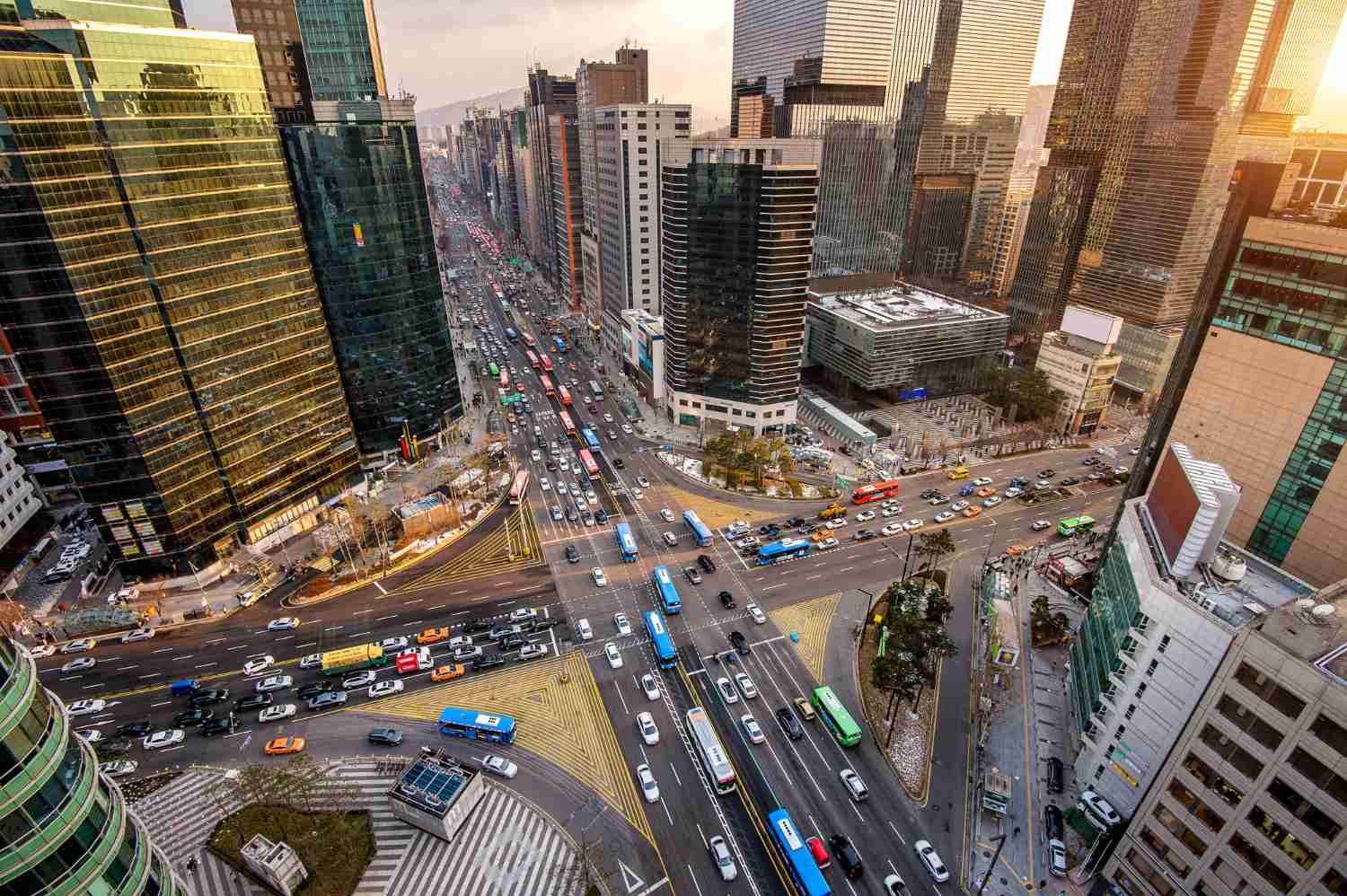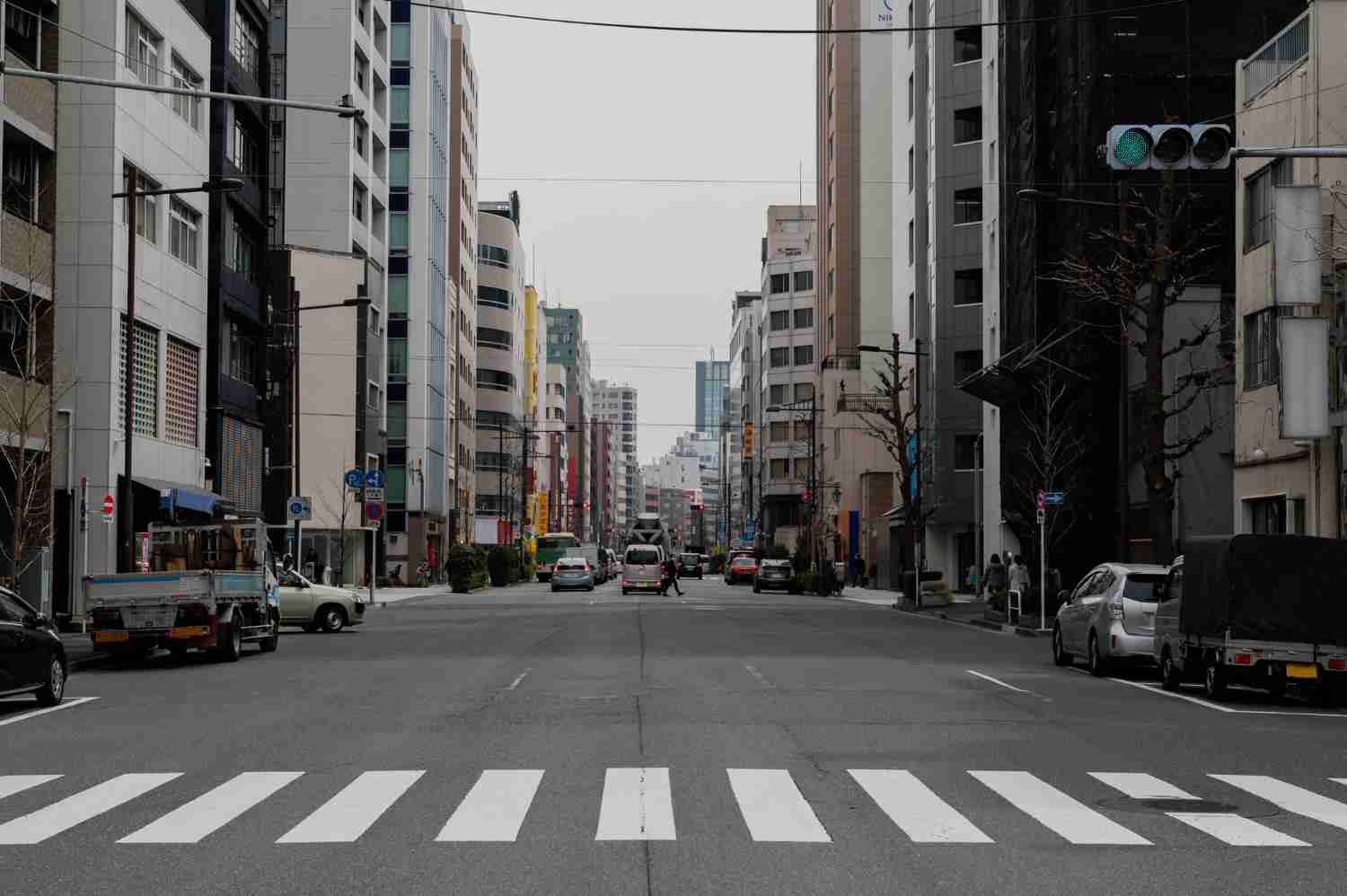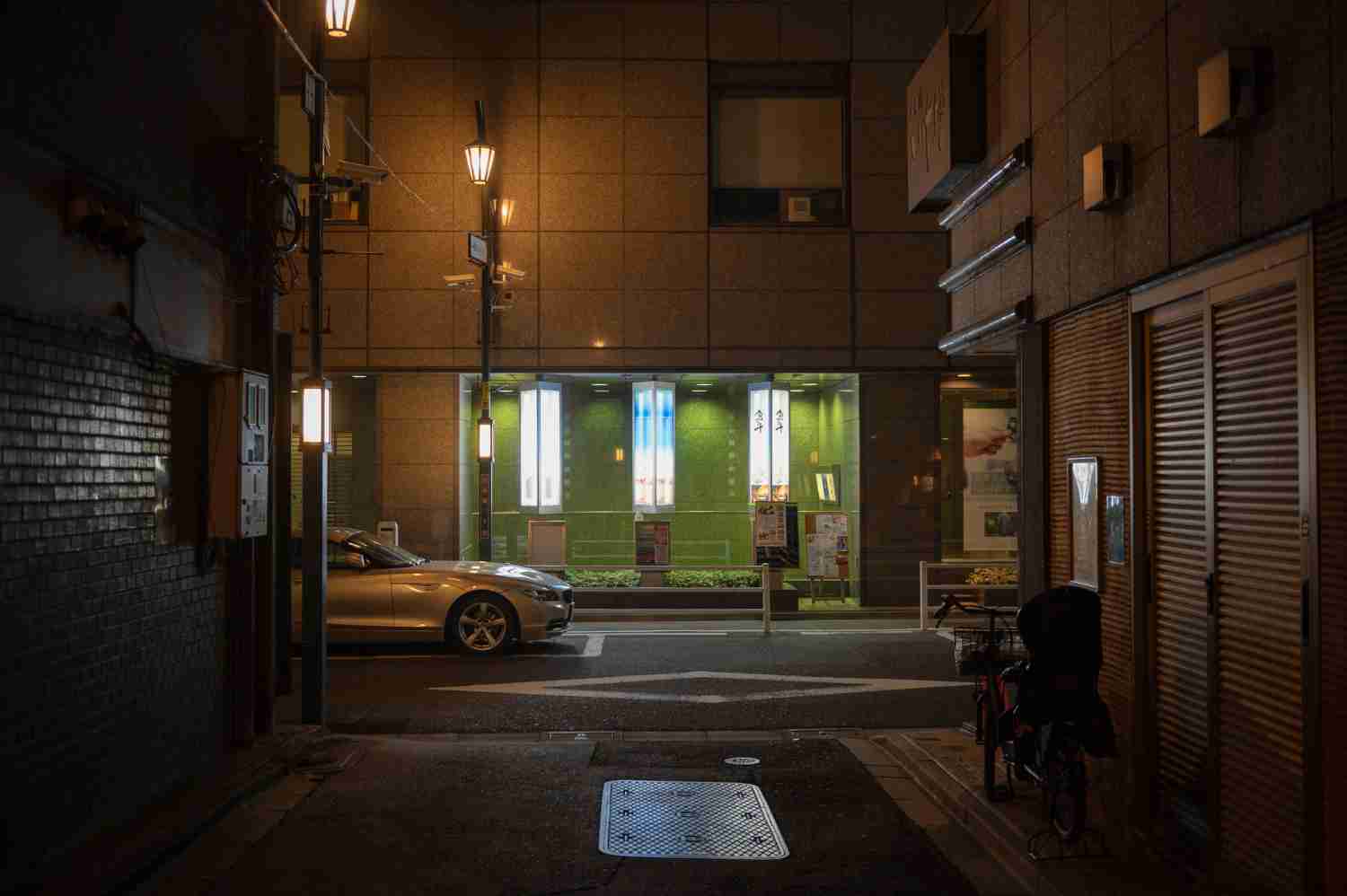What are Big (Main) Roads and Small (Secondary) Roads? Which lane should go first?

(Photo Credit: Freepik)
Driving in straight lanes safely can be difficult for beginners. Encountering major and minor paths can worsen the difficulties if the driver does not know how to use these roads correctly. This is extremely important for your safety on the road and that of other drivers.
For certain routes, one may encounter intersections on the road where they may not know which vehicle should drive past first, or if they should give way to the drivers on the other road first, as they are uncertain whether they are on the main or on the secondary road.

(Photo Credit: Freepik)
Big (Main) Road:
In simple terms, a Big (Main) Road refers to a larger-sized road with multiple lanes and a wider surface area. It can be easily identified by clear traffic signs, but it lacks stopping lines or signs at intersections. This stands in contrast to smaller roads.

(Photo Credit: Freepik)
Small (Secondary) Road:
Small (Secondary) Roads can be considered subsidiary routes that branch off from main roads. For example, small alleyways that are adjacent to major roads, which often have narrower and smaller traffic lanes or less clearly defined pathways for vehicles. However, a distinctive feature is the presence of stop lines or signs before entering intersections that intersect with another road.
Driving Practices for Big and Small Roads:
- Main Roads have priority over Secondary Roads, so cars on Secondary Roads should give way to cars on Main Roads.
- If two such roads cross, with no signs visible to indicate which one is “bigger”, take a look at the road’s surface. If you are able to see solid or broken white lines, it means you are on the smaller road.
- If there are no lines or signs at the crossing, check the lanes as more lanes usually indicate that the road is bigger.
- When you reach a crossing, check if you are on the big or small road. Cars on the big roads should be given the right to go first, and cars on the smaller roads should wait.
- At circular intersections such as roundabouts, cars on the left side of the road should be allowed to go before those on the right.
- In the event of an accident at an intersection, although main roads usually hold priority, fault allocation is not automatically assumed, as it will be assessed and considered based on various factors.
This article is written to help you understand driving on big and small roads. Always remember to drive safely and follow the traffic rules, no matter what kind of road you are driving on.
Claim your free car valuation today!
Read More: Know it to avoid fines! New traffic law fines effective from September 5, 2023
Looking for a car appraisal? You can contact us for a free car valuation within 24 hours…
